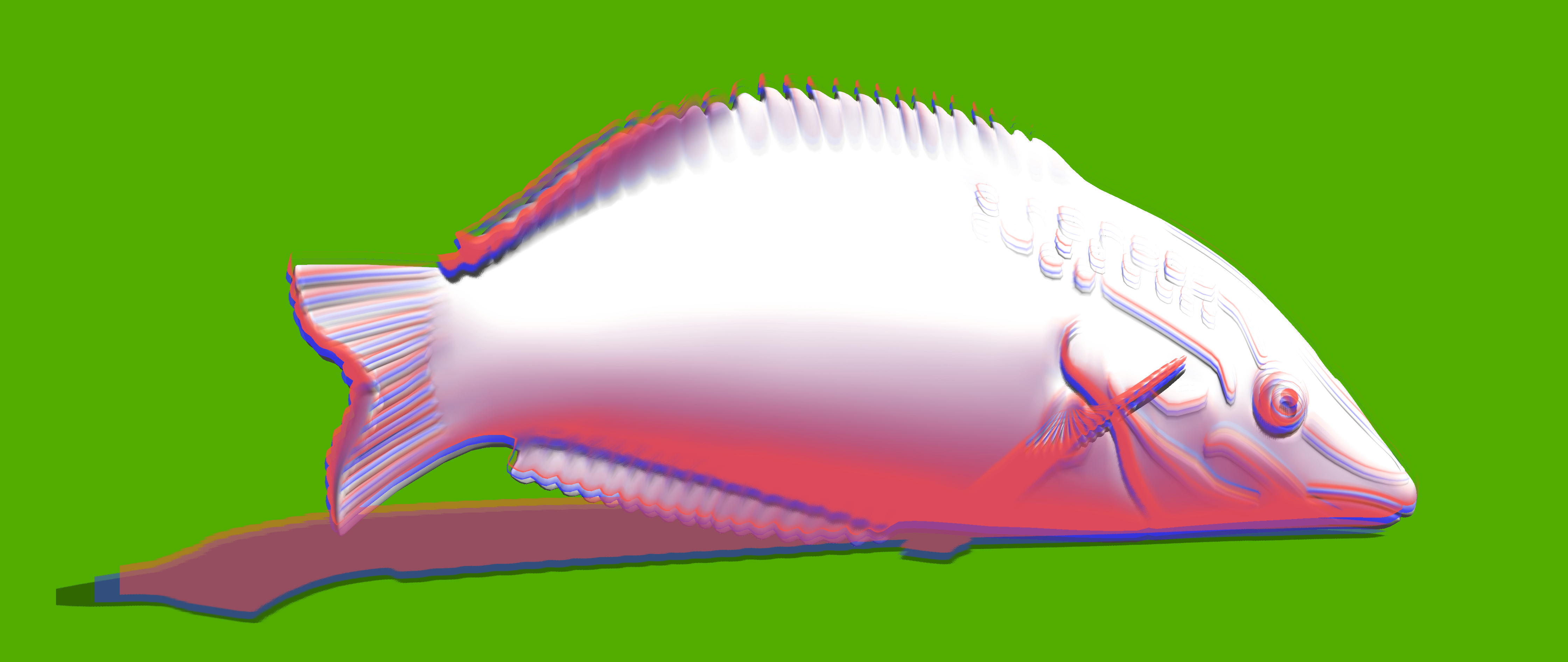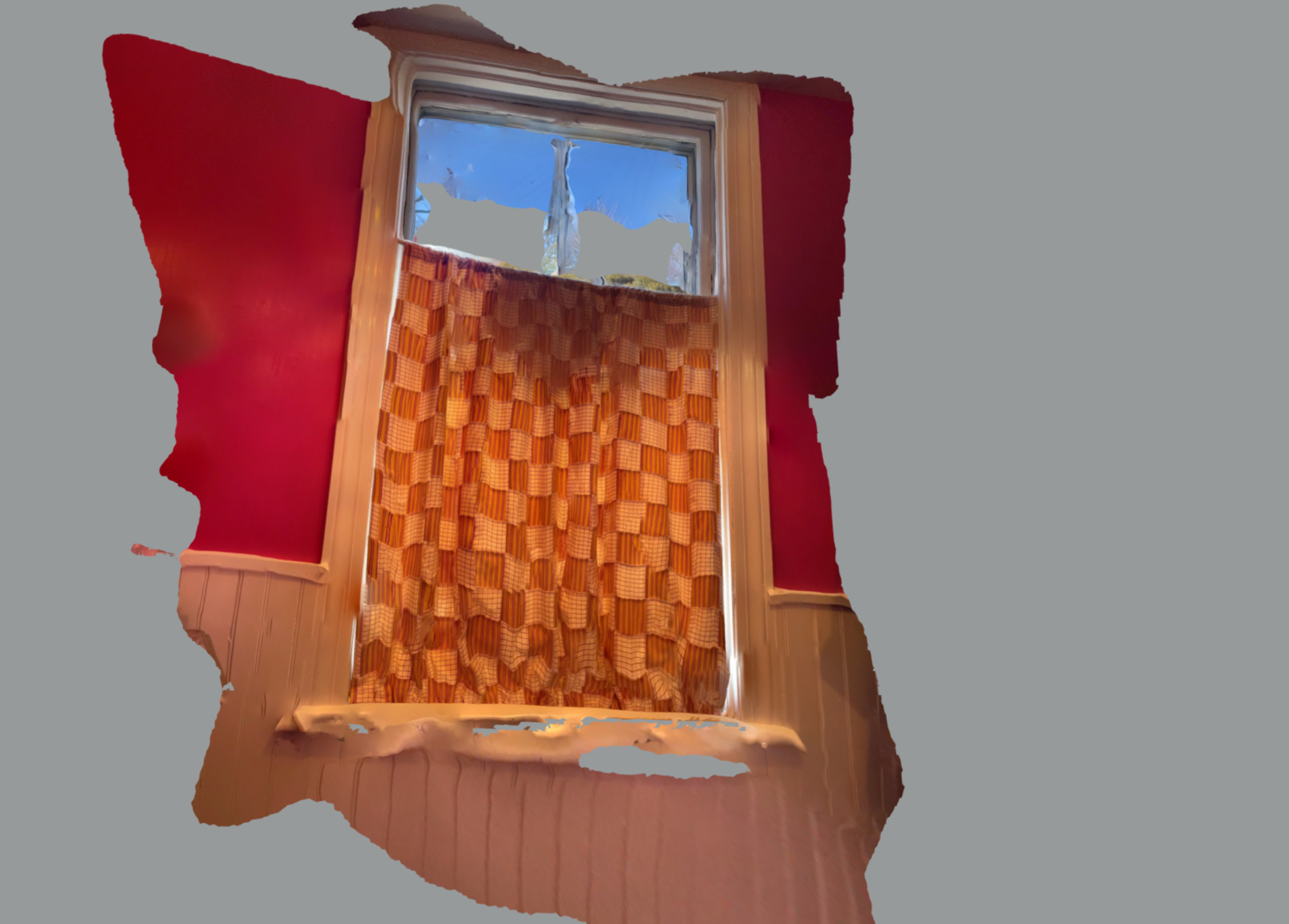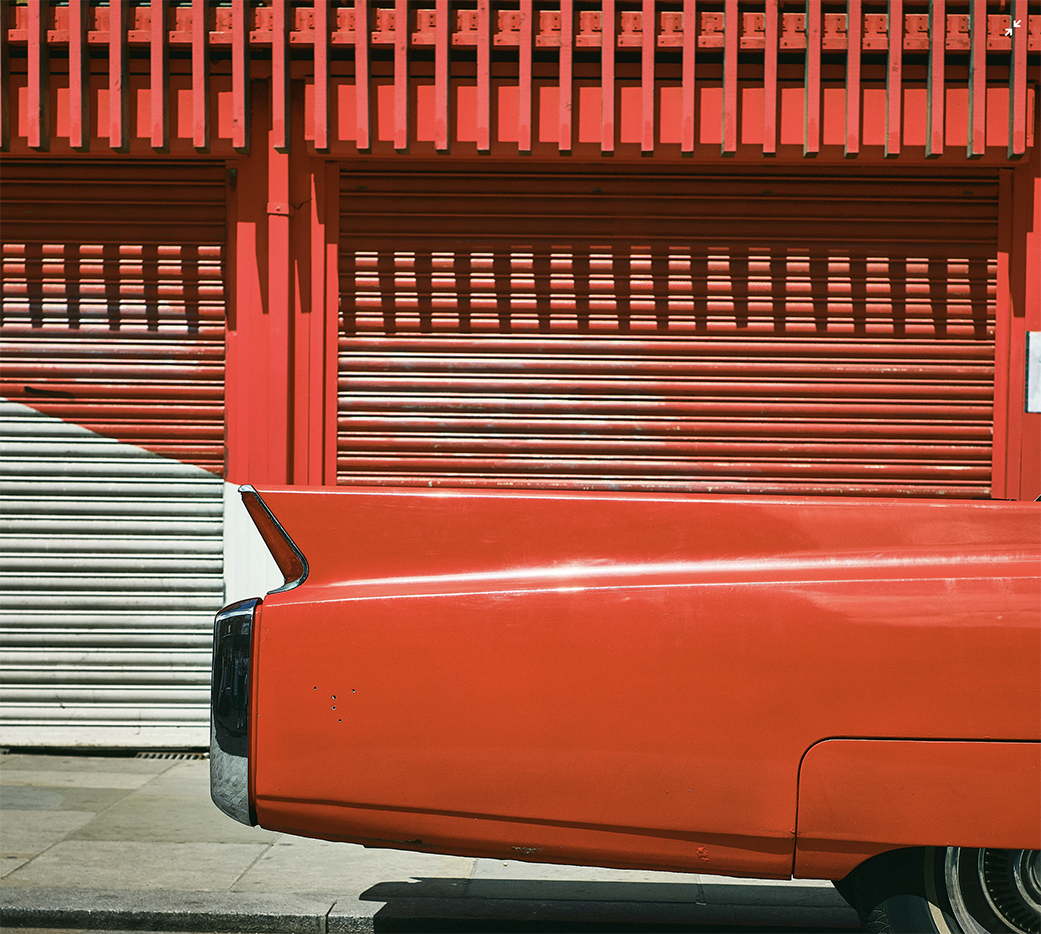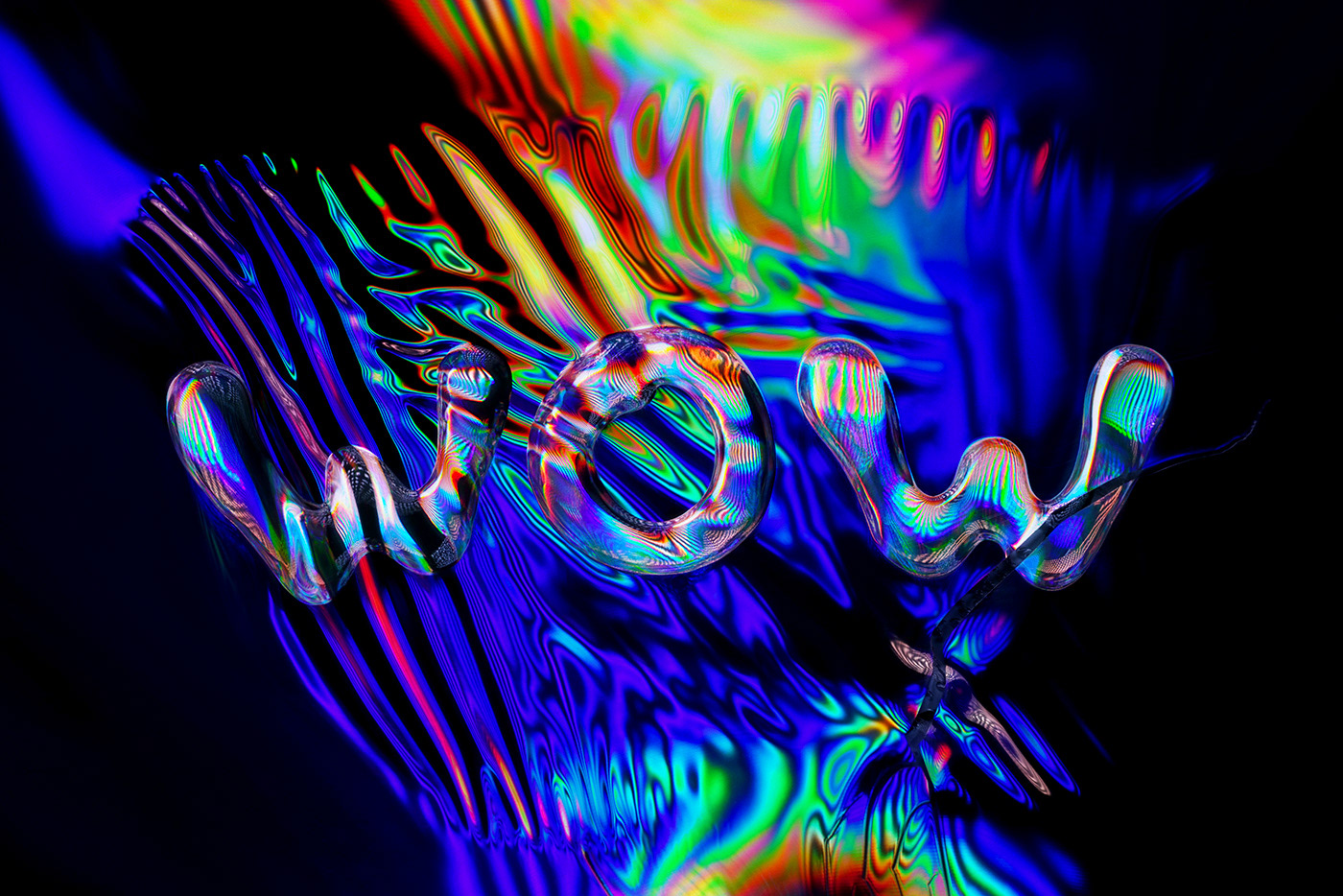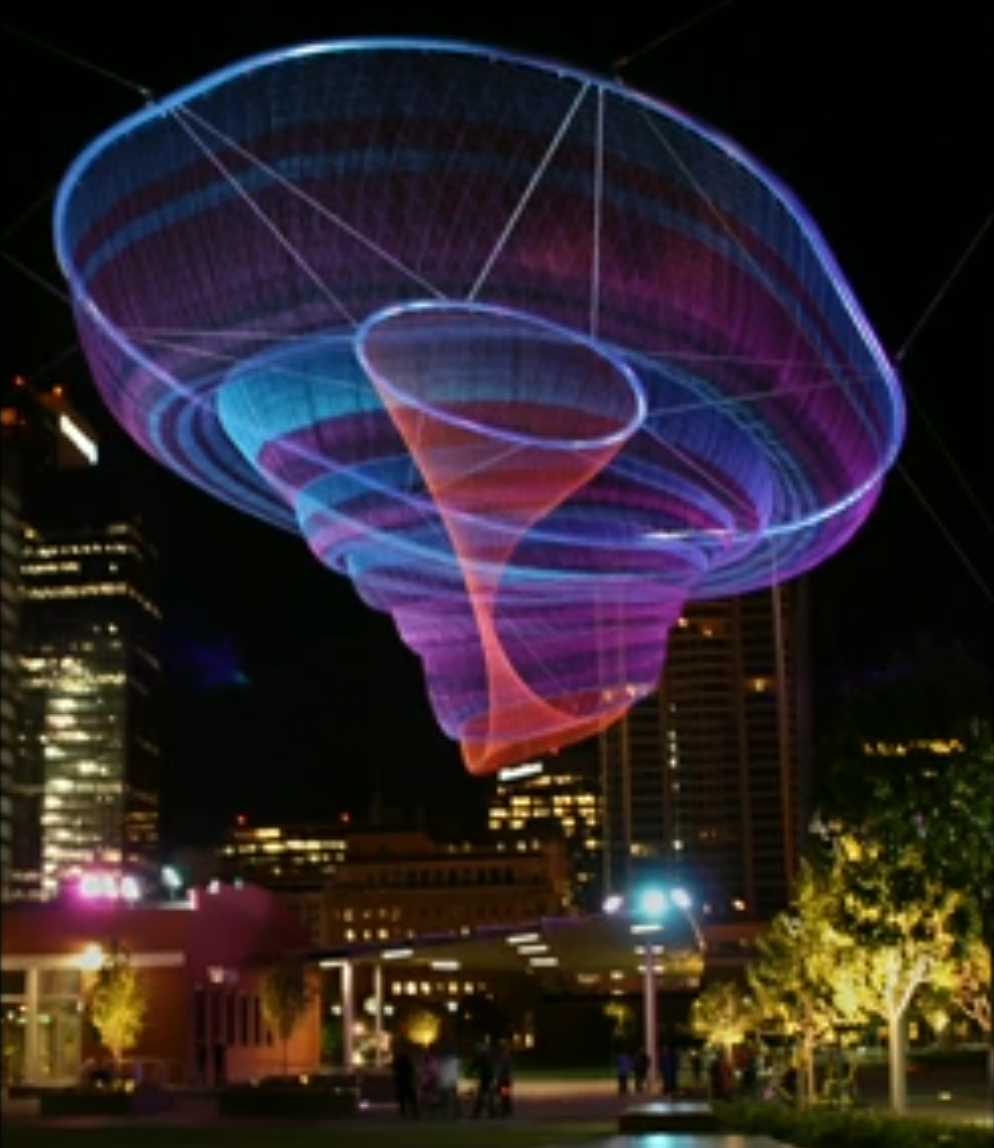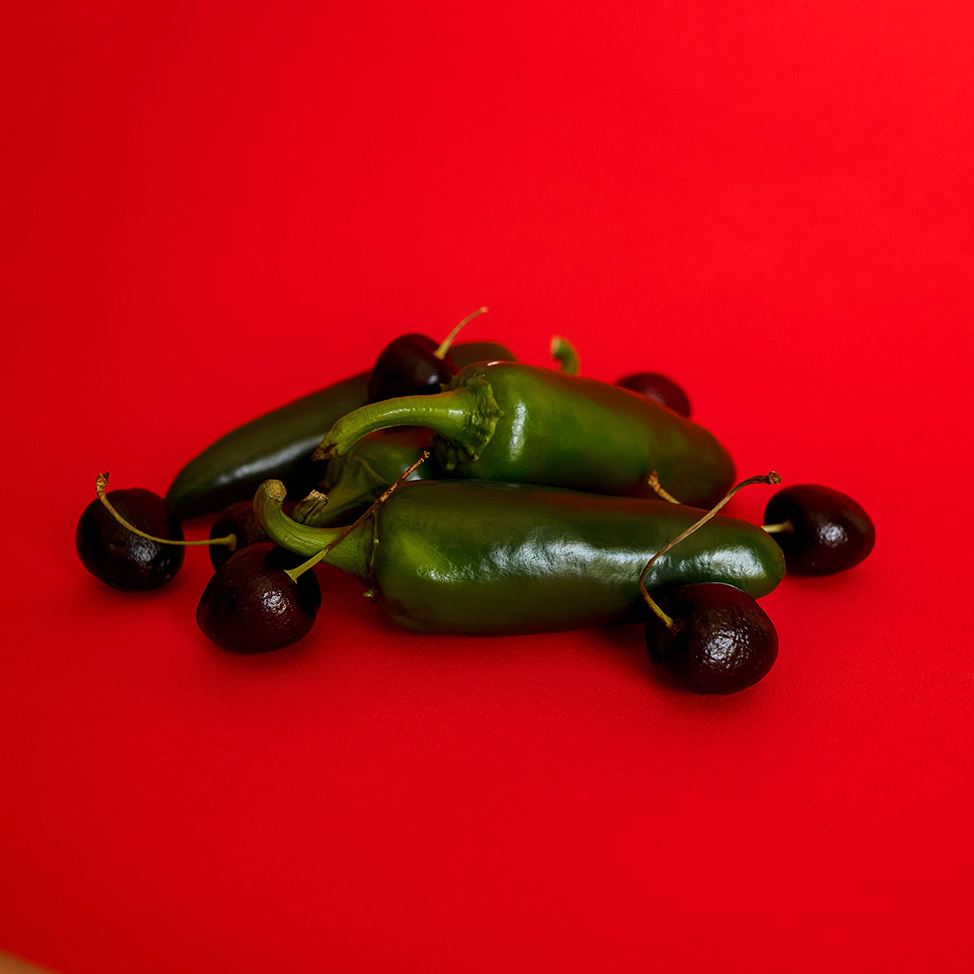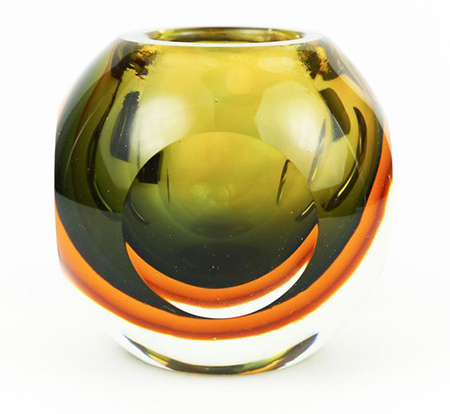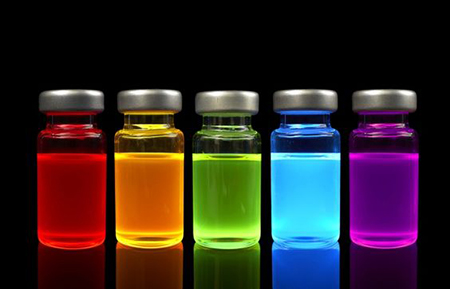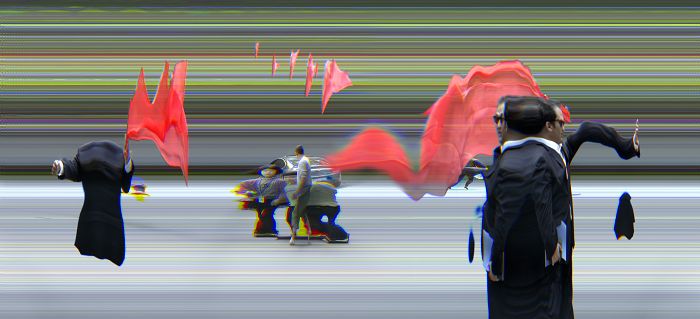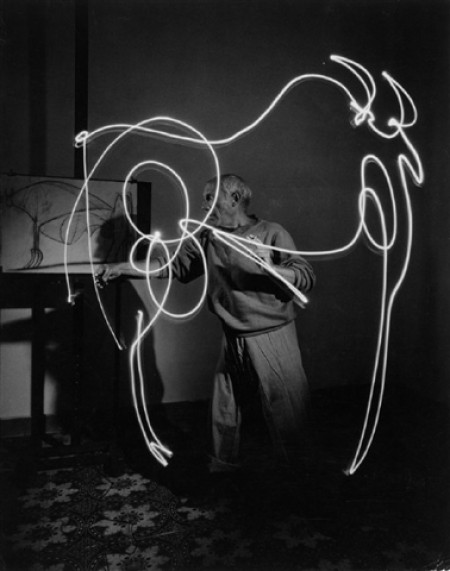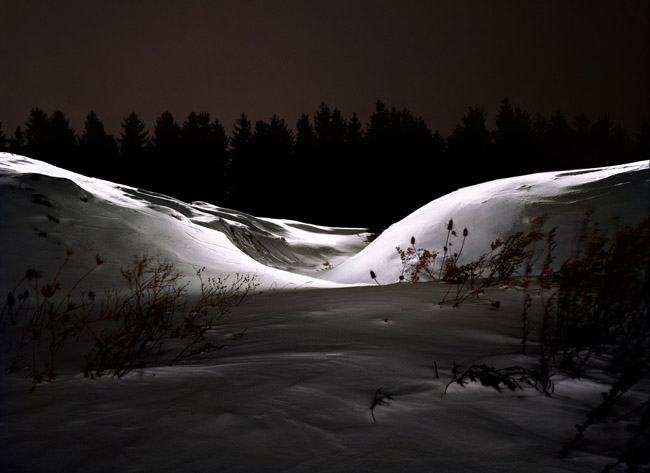Light + Color
LiDAR Lights Up My Life
LiDAR Lights Up My Life I’m full of juice! Don’t know if this is how other artists experience it but I’ve …
Clem Onojeghuo’s Photographic Eye
Clem Onojeghuo’s Photographic Eye The photography editors at the Washington Post have recently profiled Mark Ruwedel‘s Seventy-Two and One Half Miles …
The WOW Word, the Glowing Art of Rus Khasanov
The WOW Word, the Glowing Art of Rus Khasanov Succulent chromatic color, unpredictable natural movement, the contradictory ways of oil and water vying …
More and Less from This White
Ultrawhite paint could cool buildings and combat climate change This sciencemag.org bulletin talks about a new kind of paint that can condition …
Looking Up
TED Talk by Janet Eschelman, 9.5 minutes Looking Up I notice a strange kinship between the works of Janet Eschelman and Nancy Baker …
Color, Deep
Art of Tuesday, Paintless Color Play
After last week’s post about liquid colored light I’ve wondered if you could mix them and how they might be used in art. Piped through …
Beauty of Tuesday – Liquid Light
I’ve been out of town for a week enjoying Florida wildlife and palmy views. Today’s blog focuses on beauty rather than art — an article this …
Slitscan
This is the second in a series about photography techniques that can provide artistic distortions. Slitscan photography and videography. Artists are already at work in …
Drawing and Writing with Light
This is the reconstruction of a June 19 blog post that suffered digital destruction. Comments evaporated, updates have been made. __________________________________ Lucid line, a line …
The Art of Painting with Light, Part 2: the Poets
I want to look today at a very different form of light painting than we did in the last post. Here the artists carry their …

